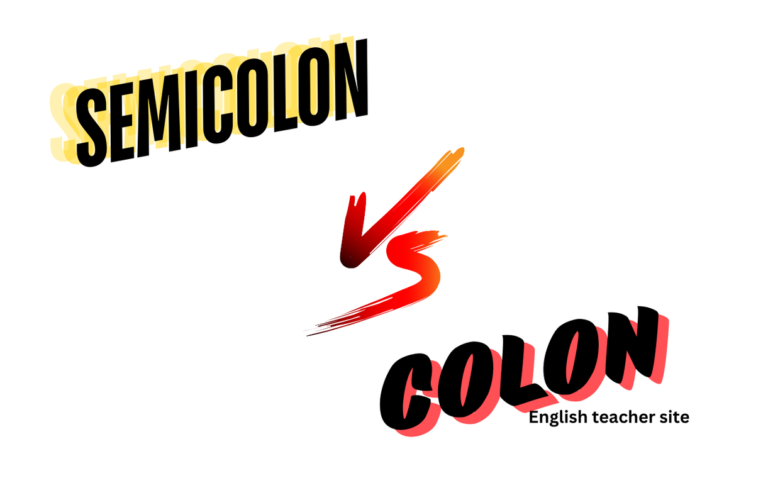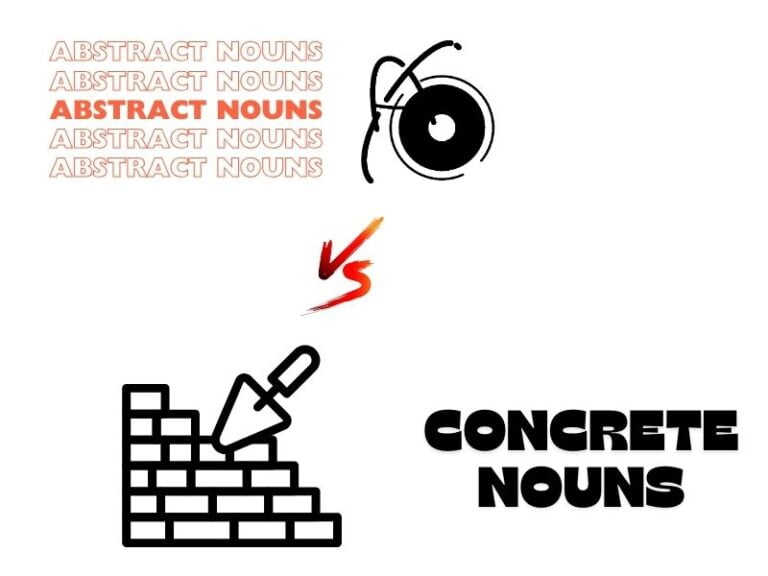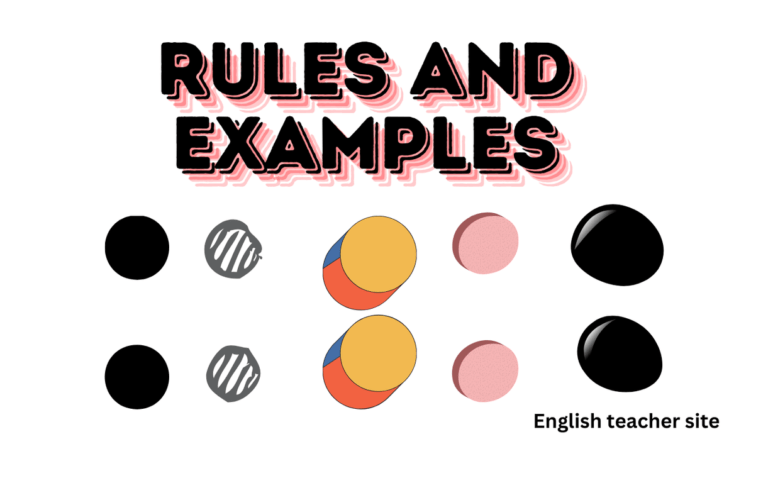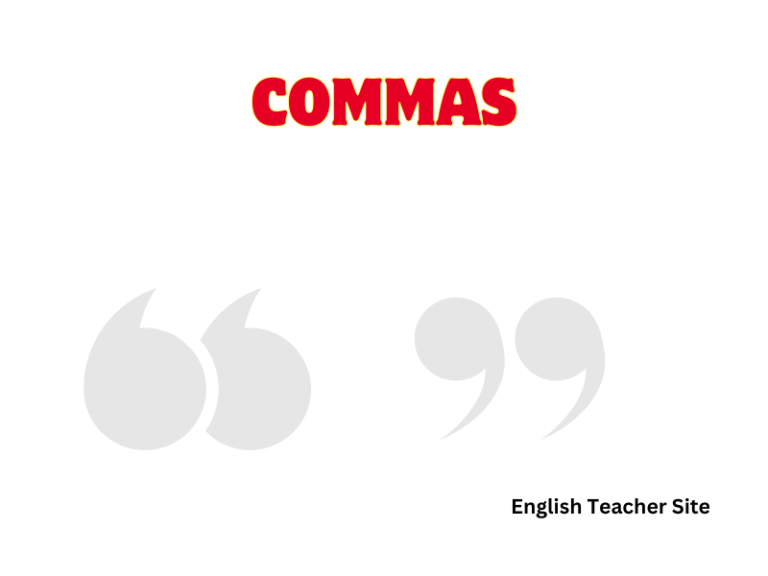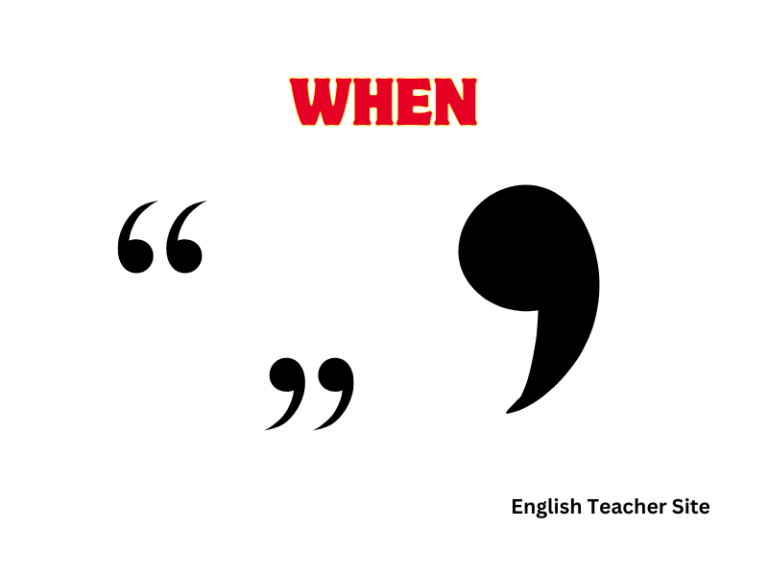What’s a Comma Splice: Solutions to Correct This Common Grammar Error

- A comma splice is an error involving the incorrect use of a comma to join two independent clauses.
- Correcting comma splices is crucial for readability and maintaining the standard conventions of English punctuation.
- Various methods can be employed to fix comma splices, including the use of conjunctions, semicolons, or separating clauses into distinct sentences.
Identifying a comma splice is the first step to improving sentence structure. Writers might often link clauses together with a comma as it seems like a natural pause, but this practice can lead to confusion for readers and is considered incorrect in standard English writing conventions. There are straightforward strategies for fixing comma splices that anyone can learn, whether you’re drafting an important email, writing an academic paper, or penning a novel.
What’s a Comma Splice: How to Fix Comma Splices
A comma splice occurs when a writer connects two independent clauses with a comma alone. An independent clause contains a subject and a verb and expresses a complete thought, capable of standing alone as a sentence.
Recognizing a Comma Splice
- Independent clause 1, comma Independent clause 2
- Example: It is raining, we should stay indoors.
This is incorrect because the comma isn’t strong enough to hold the clauses together; they each have the ability to be their own sentence.
Ways to Correct a Comma Splice
- Conjunctions: Insert a coordinating conjunction after the comma.
- It is raining, so we should stay indoors.
| Incorrect | Correct |
|---|---|
| I love to write, it relaxes me. | I love to write, for it relaxes me. |
- Semicolons: Replace the comma with a semicolon.
- It is raining; we should stay indoors.
| Incorrect | Correct |
|---|---|
| I love to write, it relaxes me. | I love to write; it relaxes me. |
Separate Sentences: Make two separate sentences.
- It is raining. We should stay indoors.
Complex Sentence: Turn one clause into a dependent clause.
- Because it is raining, we should stay indoors.
Tips for Avoiding Comma Splices
- Be aware of sentence structure.
- Recognize when a sentence has more than one subject or verb.
- Decide on the best way to connect clauses based on the relationship between them.
How to Spot a Comma Splice
Detecting a comma splice is crucial for ensuring that sentences are grammatically correct and clearly convey the intended message.
Identifying Errors
In their simplest form, comma splices occur when two independent clauses—that could stand as separate sentences—are incorrectly joined with just a comma and no coordinating conjunction or other proper punctuation such as a period or semicolon. Independent clauses are groups of words that contain a subject and a verb, and express a complete thought. To identify comma splices, look for:
- A comma separating two independent clauses
- The absence of a coordinating conjunction (for, and, nor, but, or, yet, so) following the comma
- The clauses could stand alone as two separate sentences
| Correct Usage | Comma Splice |
|---|---|
| The cat slept on the mat. The dog rested nearby. | The cat slept on the mat, the dog rested nearby. |
| She was hungry, so she made a sandwich. | She was hungry, she made a sandwich. |
Learning how to Recognize Instances of Comma Splices in Sentences
Recognition of comma splices is sharpened through practice and familiarization with sentence structure. Here’s how one can train their eye to catch these errors:
- Examine the sentence for clauses on either side of a comma.
- Determine if both sides have a subject and a verb.
- Check if each side could function as its own sentence.
- Note if there is a coordinating conjunction connecting them.
| Steps | Example |
|---|---|
| Identify clauses | She enjoys painting landscapes, they often feature mountains. |
| Check for subject and verb | She enjoys and they feature |
| Independence verification | She enjoys painting landscapes. They often feature mountains. |
| Conjunction presence | Absent |
How to Fix a Comma Splice
A comma splice occurs when two independent clauses are connected with just a comma, which is not an adequate separator. To fix a comma splice, an instructor can consider several straightforward techniques.
Solutions include:
- Using a period: This creates two separate sentences, ensuring that each independent clause stands on its own.
Incorrect Correct She writes, she edits. She writes. She edits. - Adding a conjunction: By including words like and, but, or so after the comma, the sentence becomes grammatically correct.
Incorrect Correct He is late, he missed the bus. He is late, for he missed the bus.
Alternatively:
Insert a semicolon to separate the clauses; it keeps the sentences closely connected without requiring an additional conjunction.
- Before: She loves books, she reads every day.
- After: She loves books; she reads every day.
Use a transitional phrase preceded by a semicolon and followed by a comma to clarify the relationship between the two clauses.
- Before: We were hungry, we ate.
- After: We were hungry; therefore, we ate.
If one clause is subordinate, use a comma before a subordinating conjunction to link them.
- Before: He was tired, he couldn’t sleep.
- After: Although he was tired, he couldn’t sleep.
Employing these methods ensures clarity in writing and adherence to standard English grammar rules. It’s crucial for a writer to identify comma splices and edit them using these approaches for effective communication.
Exploring Effective Methods for Correcting Comma Splices
These methods transform spliced sentences into structurally sound components of writing.
1. Use a Coordinating Conjunction
A practical remedy for comma splices is the inclusion of a coordinating conjunction. Such conjunctions—for, and, nor, but, or, yet, so—can join two independent clauses effectively when combined with a comma.
Example of a comma splice:
- He enjoys classical music, he often attends the opera.
Correction with a coordinating conjunction:
- He enjoys classical music, for he often attends the opera.
2. Use a Semicolon
Employing a semicolon is an elegant solution that links two independent clauses without the need for a conjunction. It denotes a closer relationship between the clauses compared to a period.
Example Table:
| Comma Splice | Correction With Semicolon |
|---|---|
| She writes poetry, she has a talent for imagery. | She writes poetry; she has a talent for imagery. |
Use a semicolon with caution; it should connect clauses related by topic and thought.
3. Make Them Separate Sentences
At times, the simplest approach to resolve comma splices is to create separate sentences. This method is clear and unequivocal, eliminating any confusion for the reader.
Example with Bulleted List:
- Comma Splice: The sun set behind the mountains, it painted the sky in hues of pink and orange.
Corrections as Separate Sentences:
- The sun set behind the mountains. It painted the sky in hues of pink and orange.
- The sun set behind the mountains; it painted the sky in hues of pink and orange.
- The sun set behind the mountains, and it painted the sky in hues of pink and orange.
Run-ons and Comma Splices
They often occur when writers try to connect independent clauses without proper punctuation or conjunctions.
Understanding Related Errors
A run-on sentence is a common mistake that happens when two or more independent clauses are joined without any or proper punctuation. Contrary to its name, a run-on doesn’t have to be a very long sentence. Here’s how they may appear:
- Fused sentences: This occurs when independent clauses are merged without any punctuation, making it difficult to separate ideas.
- Comma splices: When independent clauses are joined by a comma without a coordinating conjunction, it results in a comma splice.
To comprehend these errors, consider the components of a sentence:
- Independent Clause: A group of words with a subject and a predicate that could stand alone as a sentence. For example, “The sun is shining.”
- Dependent Clause: A group of words with a subject and a predicate that cannot stand alone as a sentence. For example, “because it is morning.”
Here is a table illustrating independent and dependent clauses:
| Independent Clause | Dependent Clause |
|---|---|
| The sun is shining. | Because it is morning, |
| She completed her thesis. | although she had little time. |
| They won the championship. | while the crowd cheered. |
Examining the Connection Between Run-on Sentences and Comma Splices
Run-on sentences and comma splices are often mentioned together because they both involve the incorrect joining of independent clauses. The primary difference lies in how the clauses are joined:
- Run-on Sentence: “She wrote an essay it was well-received.”
- Comma Splice: “She wrote an essay, it was well-received.”
To fix run-ons and comma splices, consider the following strategies:
Use a Period: Separate the independent clauses completely.
- Before: “She wrote an essay it was well-received.”
- After: “She wrote an essay. It was well-received.”
Add a Semicolon: When two independent clauses are closely related and a stronger pause is desired.
- Before: “She wrote an essay it was well-received.”
- After: “She wrote an essay; it was well-received.”
Use a Comma and a Coordinating Conjunction: Pair a comma with words like ‘and,’ ‘but,’ ‘for,’ ‘nor,’ ‘or,’ ‘so,’ or ‘yet.’
- Before: “She wrote an essay, it was well-received.”
- After: “She wrote an essay, and it was well-received.”
Here is a table contrasting incorrect and corrected sentences:
| Incorrect | Corrected |
|---|---|
| She wrote an essay it was well-received. | She wrote an essay. It was well-received. |
| She wrote an essay, it was well-received. | She wrote an essay, and it was well-received. |
Comma Splice: Examples and Corrections
A comma splice occurs when two independent clauses—that is, parts of a sentence that could stand alone—are incorrectly joined by a comma without a coordinating conjunction. Comma splices are often considered grammatical errors because they can lead to confusion or disrupt the flow of a sentence. The essence of writing is clarity, and correctly structuring sentences ensures the reader understands the writer’s intent.
To illustrate comma splices and provide clarity on how to correct them, see the tables below:
Examples of Comma Splices and Their Corrections:
| Comma Splice Example | Correction |
|---|---|
| She writes every day, she never misses a day. | She writes every day; she never misses a day. |
| The sun is high, put on some sunblock. | The sun is high. Put on some sunblock. |
| We can go to the park, or we can go to the beach, it’s your choice. | We can go to the park, or we can go to the beach; it’s your choice. |
Methods to Correct Comma Splices:
| Correction Method | Description |
|---|---|
| Use a Period | Separate the independent clauses with a period to make two distinct sentences. |
| Use a Semicolon | Join the clauses using a semicolon when the clauses are closely related and a pause is sufficient. |
| Add a Conjunction | Insert a coordinating conjunction (for, and, nor, but, or, yet, so) after the comma. |
Additionally, one can employ subordinate clauses or restructuring, but simplicity often serves best. To help remember these rules, here are some key points:
- An independent clause can stand alone as a sentence.
- If two independent clauses are connected only by a comma, that’s a comma splice.
- To correct a comma splice, one does not always have to use a conjunction; semicolons or periods can work efficiently.
Source
My name is Khamis Maiouf. I am the creator of the English Teacher Site, dedicated to providing valuable resources and insights for students around the world. With a passion for education and a commitment to helping students enhance their skills, I aim to make English teaching more effective and enjoyable for both educators and students.

